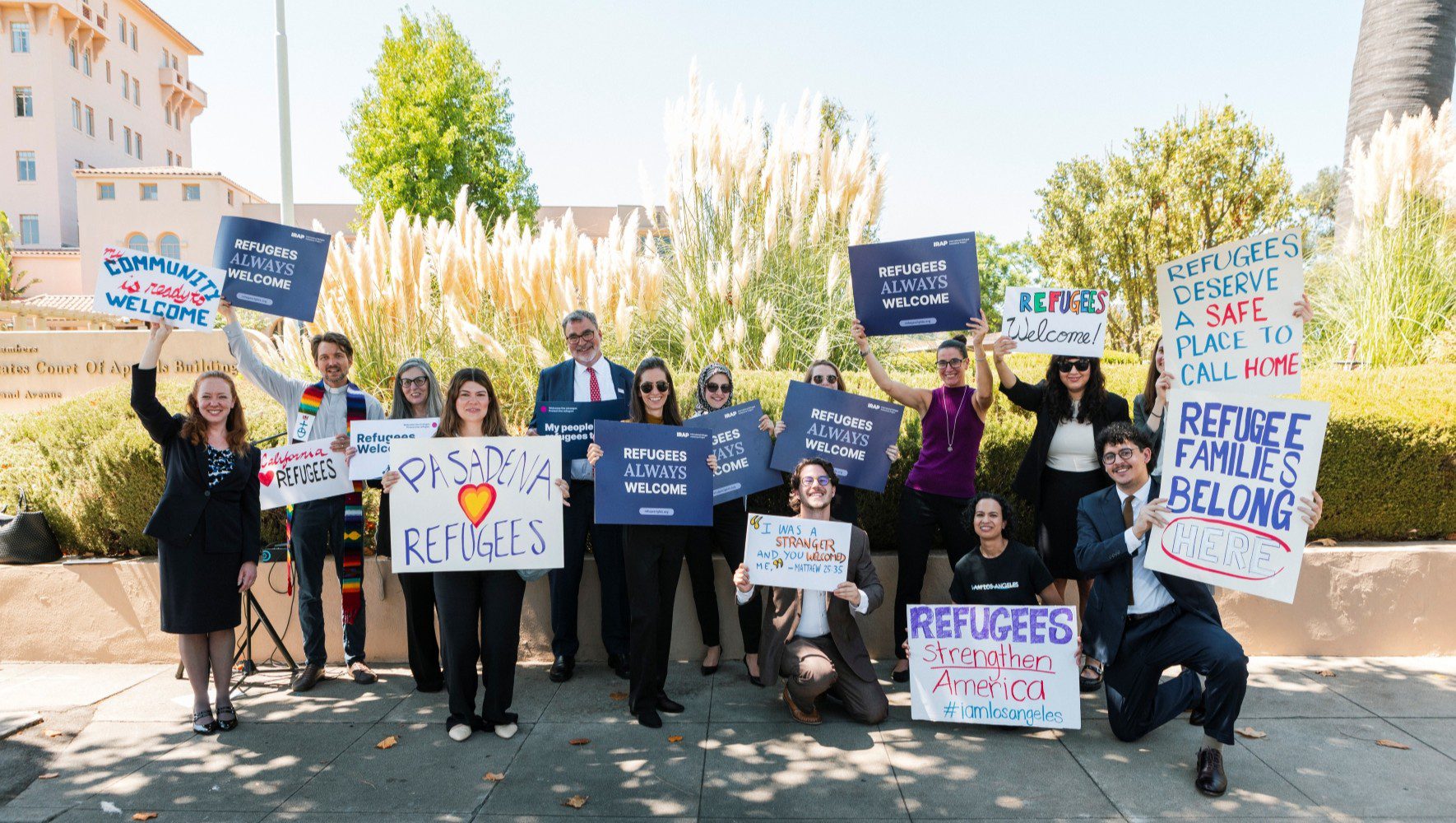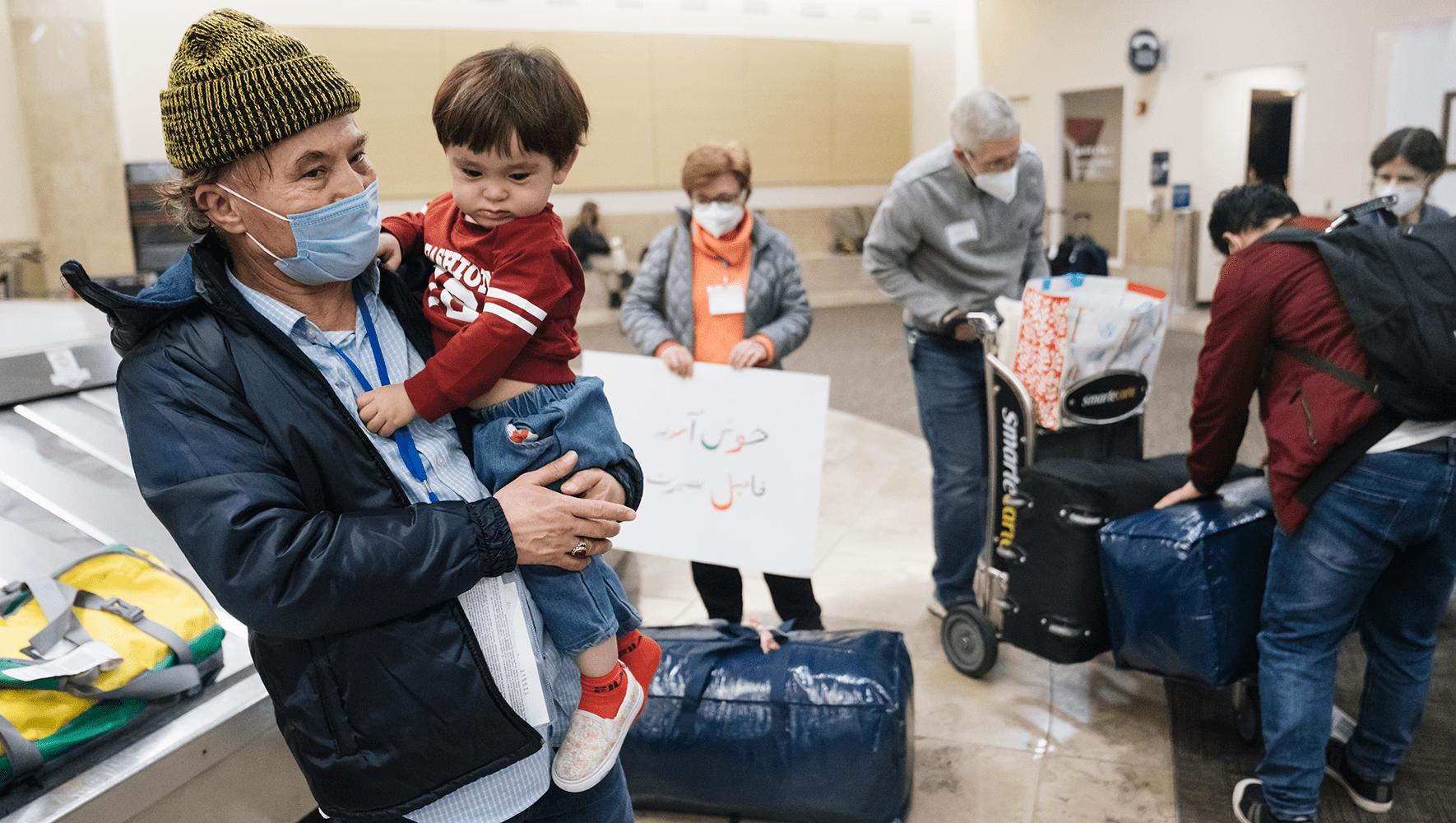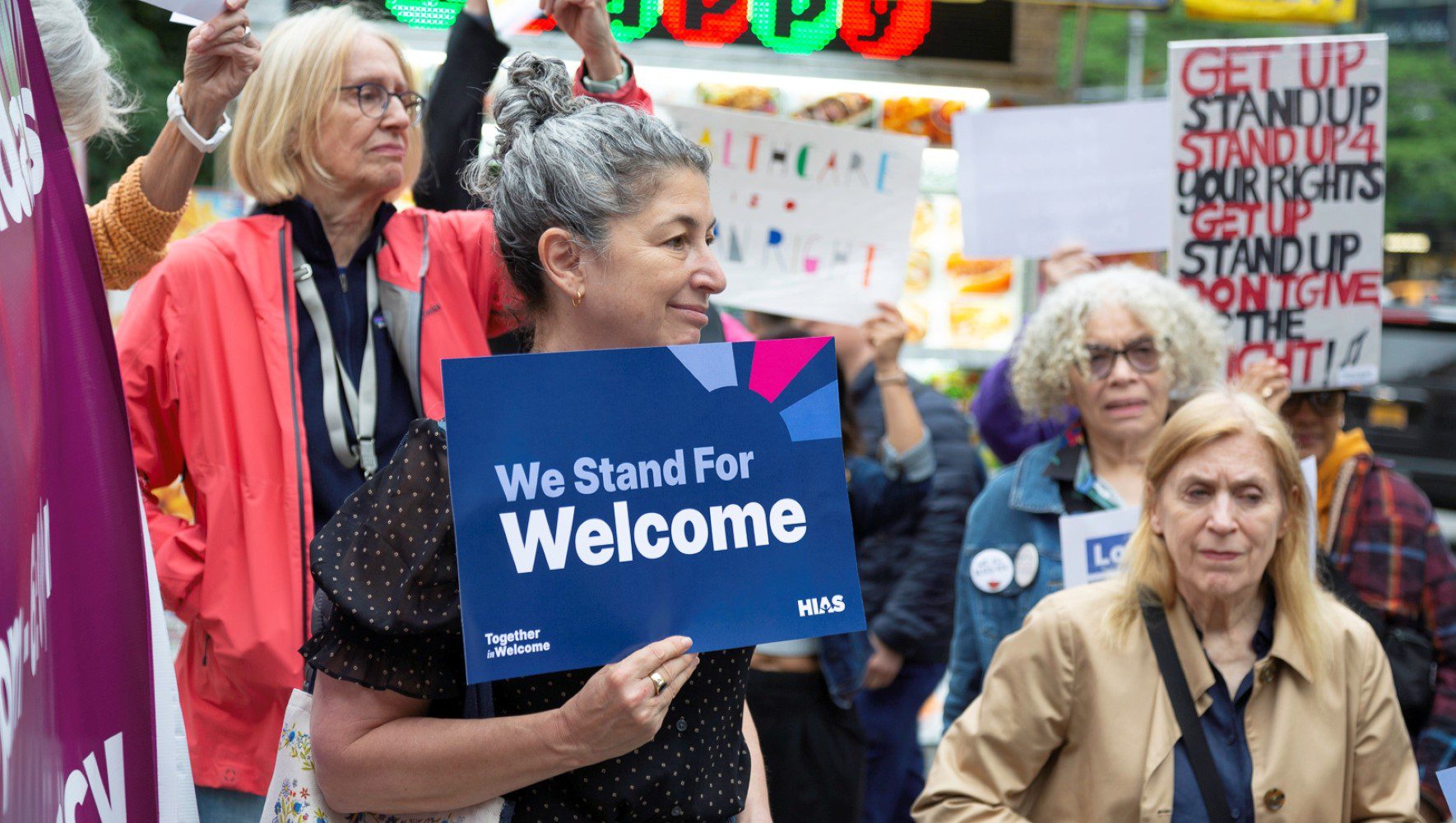Protecting Genocide Survivors through Refugee Resettlement
By Ayelet Parness, HIAS.org
Nov 19, 2021
Rohingya social justice activist Yasmin Ullah discusses the importance of resettlement for Rohingya survivors of genocide and how resettling in Canada has affected her life and activism. November 16, 2021.
For Rohingya refugees displaced in Bangladeshi camps, conditions grow ever more dire as international aid dwindles, Rohingya social justice activist Yasmin Ullah reported during a webinar co-sponsored by HIAS and the United States Holocaust Memorial Museum on November 16.
Refugees lack adequate resources, including food and water. Activists have been prohibited from organizing, arrested, and even killed. With chances of a safe return to their home country further diminished following the military coup in Myanmar in February 2021, resettlement is one of the strongest tools the international community has to assist Rohingya refugees.
“It’s not just the ability to move to a safer place,” said Ullah, whose family resettled in Canada in 2011. “But it actually gives us a broader arena for us to work with, for us to amplify other people’s voices as well.”
Resettlement allows Rohingya refugees not only to rebuild their lives in safety, but also to build new communities. The Rohingya community in Milwaukee is flourishing, according to Anuwar Kasim of the Burmese Rohingya Community of Wisconsin. Members of his community are putting down roots: buying homes, opening new businesses, and even raising enough funds to purchase a building to house their community center.
Still, by the time the international community begins resettling survivors of the Rohingya genocide, it has already failed in its responsibility to intervene to prevent mass atrocities before they start, said Kyra Fox of the Simon-Skjodt Center for the Prevention of Genocide at the United States Holocaust Memorial Museum. While resettlement is a powerful tool to provide lasting safety to refugees, the ultimate goal for the international community should be to create the conditions that will allow Rohingya refugees to safely return to their homes.
As the United States negotiates resettlement of a large influx of Afghan refugees, some question whether it is practical to refocus efforts to resettle Rohingya refugees in the U.S. at this time.
“Our resettlement program was never designed to be a one-population-at-a-time program,” said Naomi Steinberg, vice president of policy and advocacy at HIAS. “As the resettlement program rebuilds in this country and there is more and more capacity, we absolutely can resettle refugees from all parts of the world — and that’s what our local resettlement network is doing right now.”
Watch the full program here.


